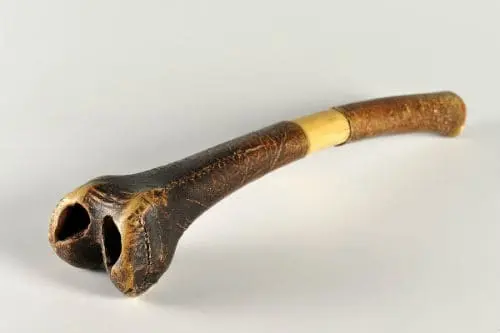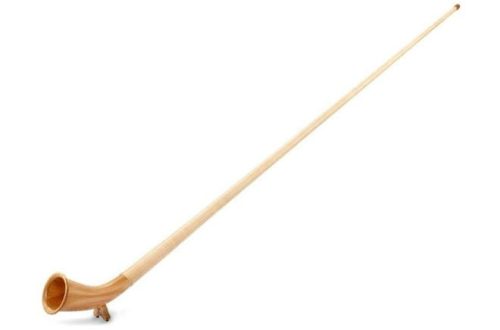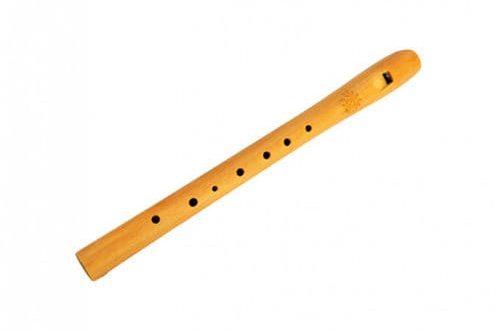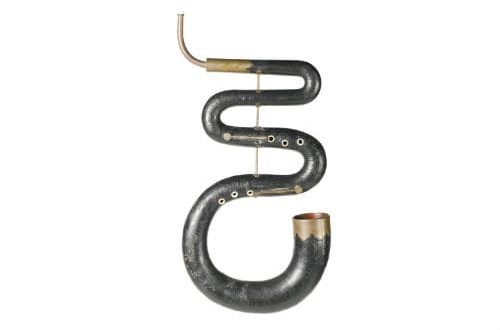
Ganlin: tool description, manufacture, history, use
Ganlin is a type of wind instrument used by Tibetan monks to perform ritual hymns in the Buddhist rite of Chod. The purpose of the ceremony is to cut off carnal desires, false mind, liberation from the illusion of duality and approach to the Void.
In Tibetan, ganlin sounds like “rkang-gling”, which literally translates as “flute made of leg bone.”

Initially, a musical instrument was made from a solid human tibia or femur, with a silver frame added. Two holes were made in the front part, which were called “horse nostrils”. The sound made during the Chod ritual was like the neighing of a mystical horse. The animal took the true mind of the adept to the Happy Land of the Bodhisattva.
For the ritual flute, they took the bone of a young man, preferably one who had committed a crime, died from a contagious disease, or was killed. Tibetan shamanism has influenced Buddhism for a long time. The monks believed that the sound made by a musical instrument drives away evil spirits.
It was believed that animal bones were not suitable for making a ritual flute. This could cause discontent, anger of the spirits, up to the imposition of a curse on the place where the music from such an instrument sounded. Now, a metal tube is taken as the starting material for gunlin.





